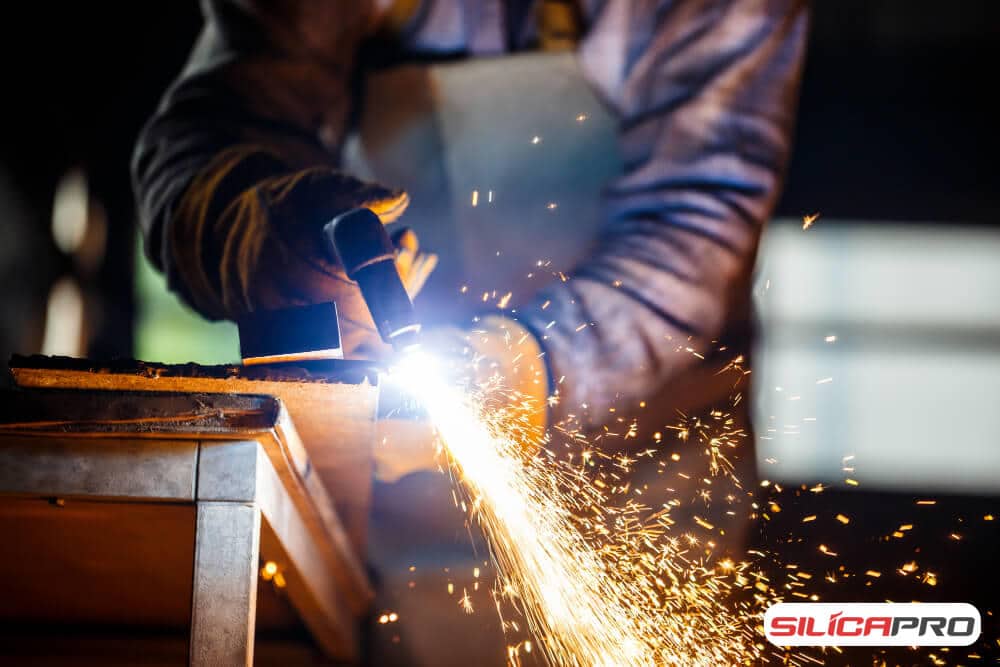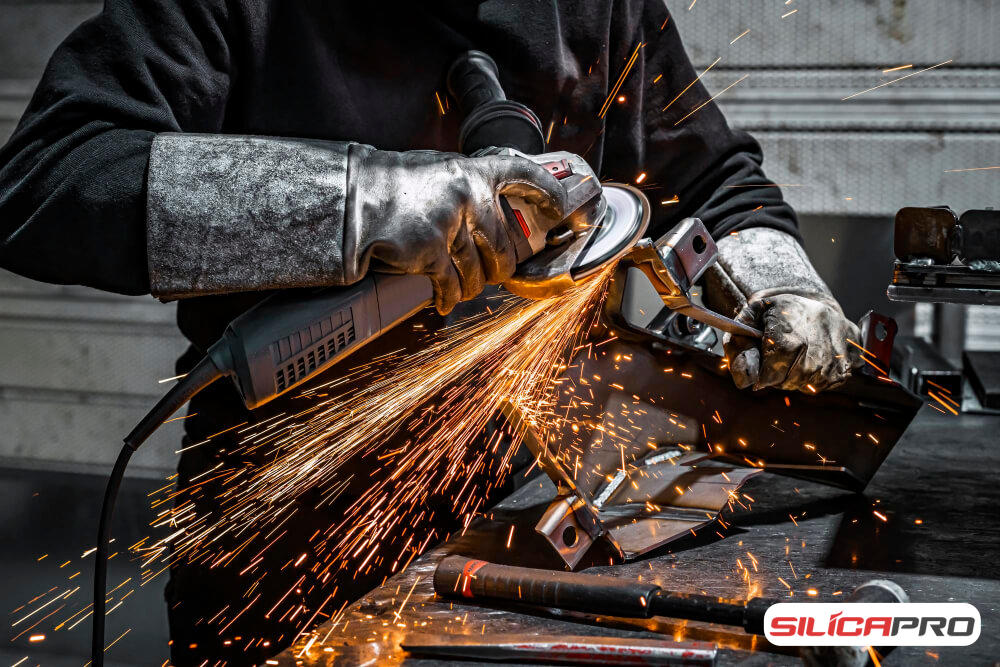
Industrial area is very close to welding where this is a fabrication process for joining two or more parts through a heat source. When the parts cool for a while, soon they will form joints. Objects that receive welding work in industrial welding usually contain metal, thermoplastic, and several types of wood.
There are many commercial products that we have at home that seem trivial, one of which comes from industrial welding. We can find these products in the kitchen such as pans and pots. Apart from that, there are TVs, computers, and refrigerators whose production processes use machines that go through a welding process.
There are at least 9 to 12 types of welding. We will cover some of them for you and we will start with how they work in general.
Contents
Simple Industrial Welding Method
In a series of simple industrial welding methods, there is a main material which is a composition of materials that are integrating with each other. Then there is filling material which is additional material to form the joint. This filler material is a consumable material which we usually know as main pipes, plates, consumable electrodes, filler wires, and many more.
The composition of consumables is usually similar to the parent material. This is what we know as homogeneous welding. Meanwhile, in some industrial welding cases, the filler material has a composition and properties that are different from the parent material. This is what we know as heterogeneous welding like in welding brittle cast iron. When all the joints are complete and neat then it will produce a weld.
Welded joints themselves have several types according to the workmanship technique. There are quiet joints, side joints, cross joints, lap joints, plug welds, full penetration welds, partial penetration welds, and single or double side welds. Then we also notice the 3 types of industrial welding which we will discuss below.
The Oldest Technique in Industrial Welding

Those who work in the welding area are familiar with arc welding. This oldest technique in industrial welding is the most cost effective and easiest. People also know this welding as stick welding, which produces sturdy welds in thicker materials. There are only a few materials, energy, and equipment that you can use when applying arc welding. Even so, this welding work still requires skilled labor so that all work runs well and doesn’t endanger the surroundings.
Workers usually use this welding to join metals such as aluminum, cobalt, stainless steel, titanium, nickel and copper alloys. Industries that apply the arc welding process include the automotive industry, electricity, oil and gas, aerospace, and many more.
Tungsten Inert Gas Welding
TIG welding is usually what industrial welding workers ue for big projects where there are complex patterns with greater control. This most versatile welding produces the best quality welds than other types of welding. A certain amount of training is a special requirement for workers who will apply this technique. The time to master all the technique is long but the results are very satisfying.
Metallic Inert Gas
MIG welding requires more equipment but with very accurate and consistent results. The application of welding utilizes thin wire which is an electrode. The wire will then enter through the welding instrument. Next, heating occurs when the wire passes through the welding location. Many companies think that the application of this welding requires a more expensive route because it can produce high quality weld results.
Workers usually use this industrial welding when encountering metal materials such as aluminum, copper, stainless steel, carbon steel, nickel, and others. Meanwhile, the industries that most often utilize this technique are the automotive and construction industries.
Shielded Metal Arc Welding
This type of welding process requires minimal equipment so the costs are very low. Workers only need to rely on manual techniques using consumable electrodes with a flux coating. Anyway, you usually won’t find this technique in the industrial welding area. But sometimes home welders who have the best skill in this technique will undertake freelance work in a factory.
This happens because the work quota is excess and the welding area is not too complicated.
So, what kind of industrial welding that your company needs today? Just adopt the best technique that suits you enough. Last but not least, safety is the ultimate factor that you have to consider in the industrial welding. Have you checked our fiberglass welded safe house and welding blanket?
